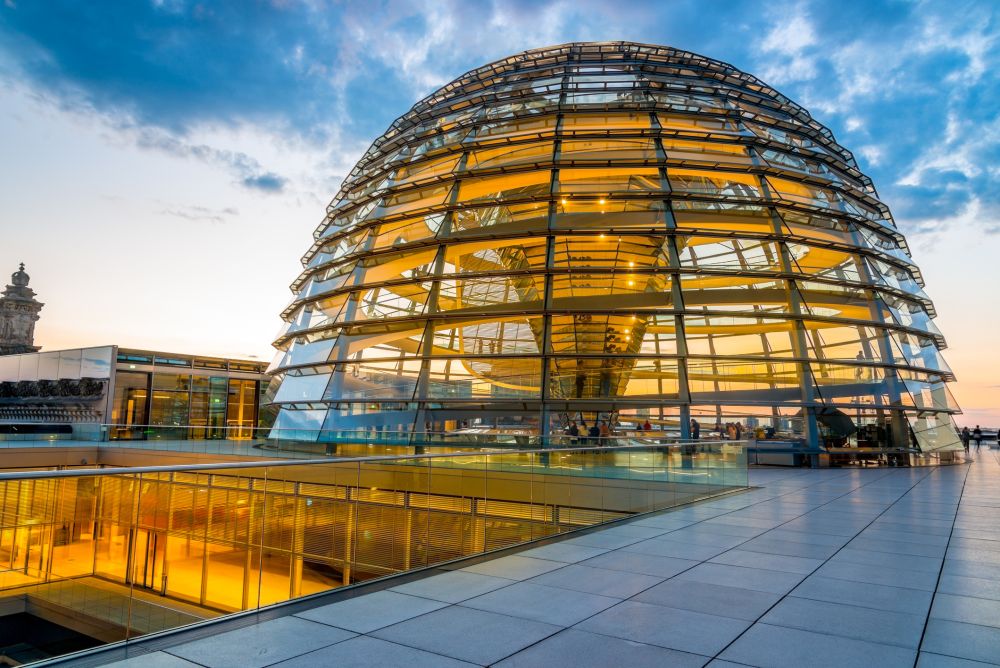

The Reichstag Building stands as one of the most iconic edifices in Berlin and a significant site in German history. Originally constructed to house the Imperial Diet of the German Empire, the Reichstag has witnessed numerous historical events since its inauguration in 1894. This architectural marvel, with its grandeur and political significance, has evolved into a prominent tourist attraction.
Designed by Paul Wallot, the Reichstag’s early years were marked by turmoil and change. From the fires that engulfed it in 1933, which contributed to the rise of the Nazi regime, to being left in ruin at the end of World War II, the Reichstag’s history is deeply intertwined with Germany's own. Post-war, it stood on the border of the divided East and West Berlin, largely unused until German reunification.
The Reichstag saw a resurgence as a point of interest following its reconstruction led by architect Sir Norman Foster in the 1990s, culminating in its reopening in 1999 as the seat of the German Bundestag. The introduction of a striking glass dome at the top of the building became a symbol for transparency and democracy, and a magnet for tourists worldwide.
Today, visitors to the Reichstag can experience its historic halls and the modern dome that offers panoramic views of the city. Tours of the building are available, combining a lesson in German political history with sensational vistas. The Reichstag has incorporated elements like sustainability into its design, reflecting contemporary concerns and attracting environmentally-conscious travelers.
Registration and Entrance: Tourists must register in advance to visit the dome and terrace, accentuating the building’s operational role in German politics while ensuring security.
Guided Tours: Engaging guides offer tours that elucidate the Reichstag’s intricate past, the workings of the German political system, and the architectural significance of the building’s renovations.
Dome and Roof Terrace: The Reichstag’s glass dome and roof terrace are highlights, permitting unmatched views and an immersive encounter with Germany’s political center.
Although the COVID-19 pandemic led to temporary closures and a steep decline in tourism, the Reichstag Building has adapted by implementing safety measures and offering virtual tours. The latest trend in tourism here is the increasing interest in the convergence of historical context and modern-day political life, with the Reichstag serving as a living museum to both.
The Reichstag Building possesses a rich tapestry of history that continues to unfold. As both a historical monument and a functioning parliament building, it presents a unique combination of the past, present, and future, continually evolving to mirror the dynamism of Berlin and Germany at large. Whether through in-person visits or virtual experiences, the Reichstag remains a must-see destination for any traveler interested in history, politics, and architecture.